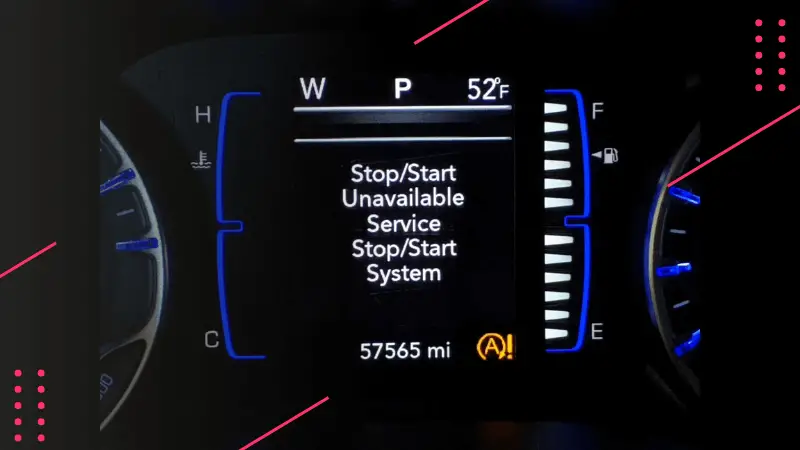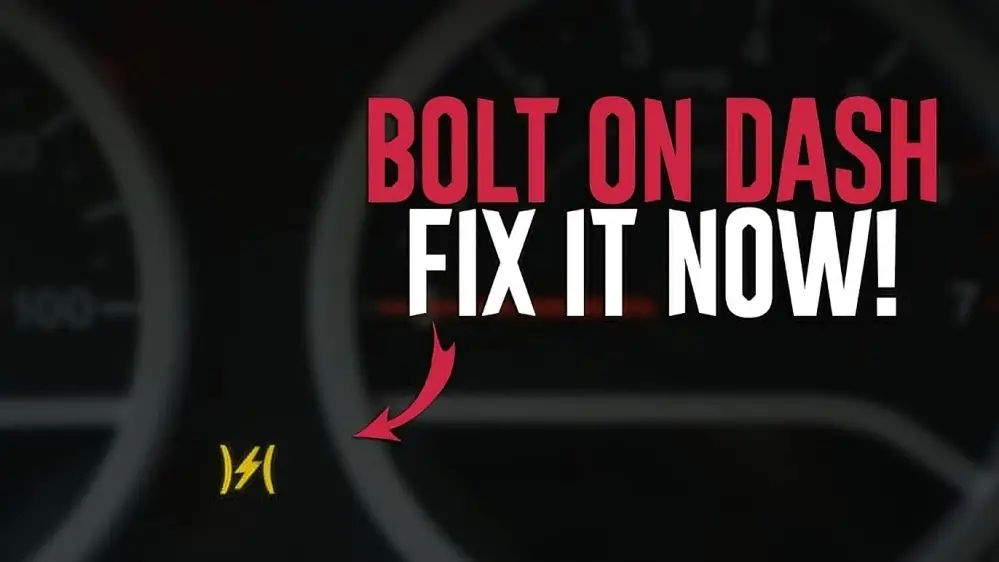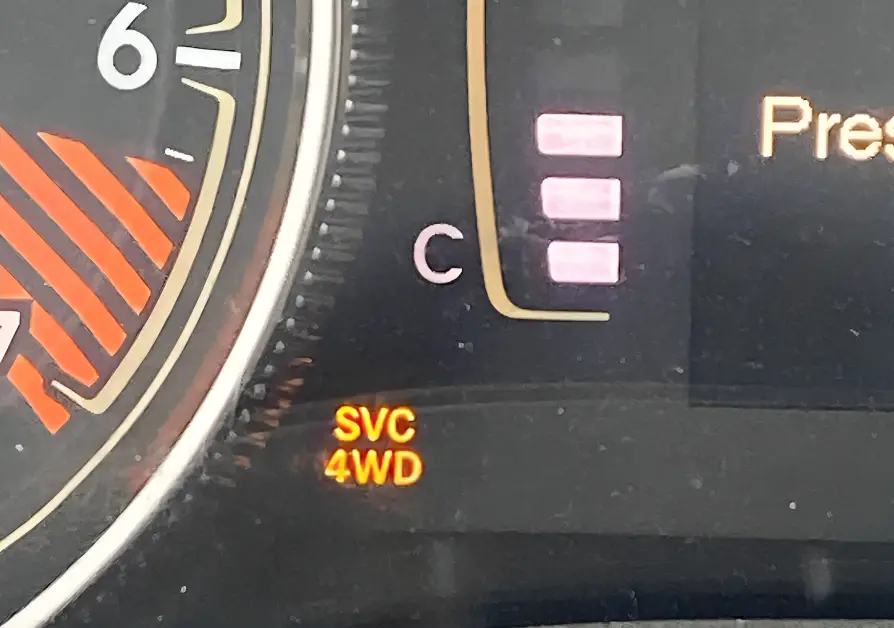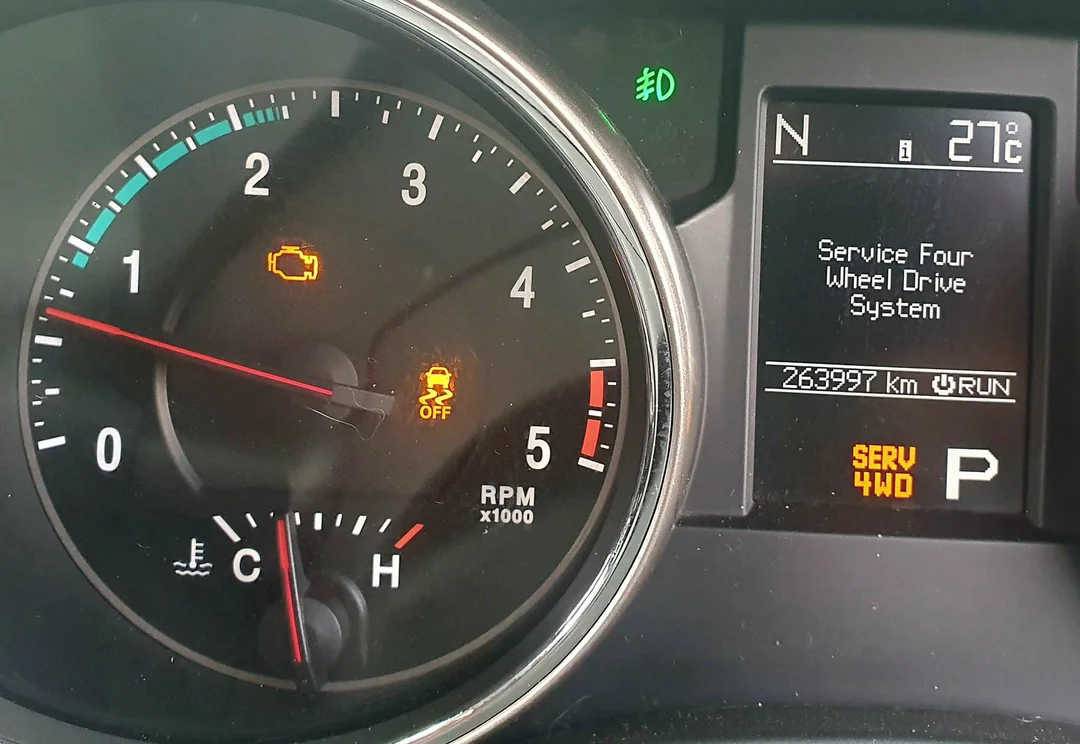Any driver’s nightmare is getting in your Jeep Compass, turning the key, and having nothing happen except a service ESC system warning.
The electronic stability control system has detected a serious fault and completely disabled the starter motor as a protective measure, leaving you stranded.
With no check engine light on or codes to research, tracking down the root cause among the Compass’s intricate sensors and computers seems near impossible.

But what if the service ESC system jeep compass won’t start issue is a common failure, caused by a few culprits?
You can zero in on the real culprit by methodically analyzing wheel speed sensors, wiring faults, controller calibration errors, and other problematic parts. And, fix the issue by troubleshooting all these causes!
Best yet, this guide provides easy-to-follow repair tips, reset directions, and step-by-step tutorials to get your Jeep running again.
No more panic next time the ESC shuts down starting on your Compass – just leverage this resource to restore normal operation.
Service Electronic Stability Control System – An Overview
The Electronic Stability Control (ESC) system is an advanced computerized technology that improves vehicle stability and safety during maneuvers.
It builds on antilock brake systems by applying brakes to individual wheels and reducing engine torque when loss of traction is detected.
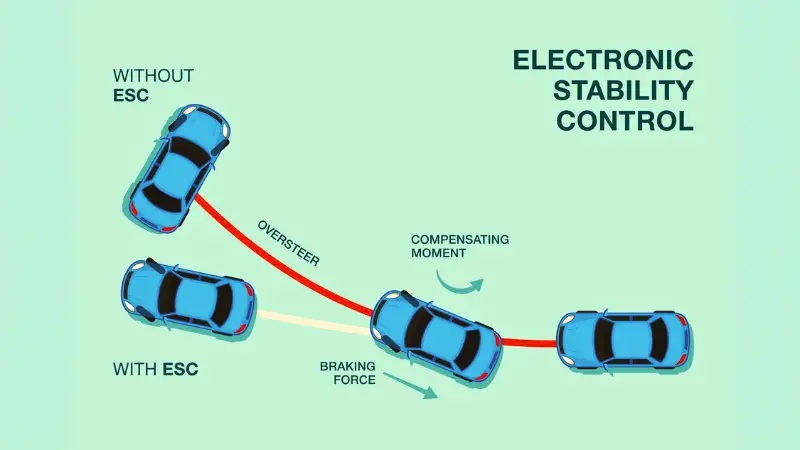
In the Jeep Compass, the ESC system uses a range of sensors to continuously compare the steering wheel angle to the actual direction the vehicle is traveling.
When it senses oversteer or understeer conditions, it brakes individual wheels and/or reduces throttle to help keep the Compass traveling on the intended path.
Why ESC Matters for Safety?
Studies by the National Highway Traffic Safety Administration found ESC systems reduce fatal single-vehicle crashes by 30% and all fatal crashes by 35%.
This life-saving technology helps drivers maintain control in critical situations like emergency lane changes or on slippery surfaces.
The insurance industry also documented substantially lower property damage claims for ESC equipped vehicles. This advanced stability feature reduces the likelihood of spin-outs and off-road accidents.
Key Components of the Compass ESC System
The seamless operation of electronic stability control relies on the interaction between several vehicle components and sensors:
- Steering Angle Sensor: This determines the exact steering wheel position and inputs it to the ESC computer. Compared to the direction of travel.
- Wheel Speed Sensors: Mounted at each wheel, these read rotational speeds. Any difference left/right indicates slippage.
- Lateral Accelerometer: Measures side-to-side forces on the vehicle body during maneuvers.
- Longitudinal Accelerometer: Senses front/rear vehicle acceleration for traction data.
- ESC Control Unit: The computer brain analyzes sensor data and activates/modulates ESC.
- Hydraulic Unit: Contains valves to regulate brake fluid pressure at each wheel upon ESC activation.
- Vehicle Dynamics Control: Integrates ESC, rollover mitigation, hill start assist, and trailer sway control.
Impacts of ESC System Issues
Any problems with sensors or communications in the stability control system can have wide-ranging effects:
- Disable ESC system and safety benefits
- Cause the Jeep Compass to not start or stall out
- Rough running engine or reduced power
- Poor transmission shifting
- Conflicts with other integrated features
It’s critical to troubleshoot and resolve ESC faults promptly before additional vehicle systems are impacted. Understanding this technology is the first step toward diagnosing issues.
Service ESC System Jeep Compass Won’t Start – 6 Causes and Fixes
When the electronic stability control (ESC) system detects certain faults, it can completely disable the engine from starting as a protective measure.
Methodical troubleshooting is required to diagnose the root cause so corrective action can be taken.
A few potential issues could lead to a no-start condition related to ESC errors.
1. Wheel Speed Sensor Damage
One of the most common causes of ESC-related failure to start is physical damage to a wheel speed sensor.
These sensors mounted at each wheel provide critical data on individual wheel speeds to the ESC computer.
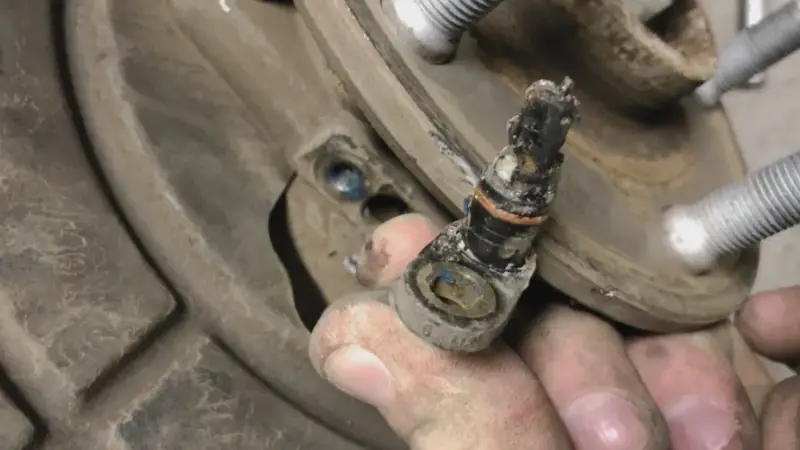
Troubleshooting
First, use an OBD2 scanner tool to pull any diagnostic trouble codes stored in the Compass. Pay close attention to any sensor fault codes related to the wheel speed sensors (typically C2202 through C2205).
Next, visually inspect the physical condition of sensors at each of the four wheels.
Look for rust corrosion, damage to the sensor body, leaks at the mounting seal, or excessive debris buildup on the tip near the rotor that could interfere with signal quality.
Gently twist and push on the connector attached to the vehicle wiring harness to ensure a tight fit, as well as inspect for bent or broken pins.
Lastly, visually follow the wiring from each wheel speed sensor back along the control arm and up to the ESC module near the center of the vehicle.
Check for areas of rubbing or chafing damage that may have shorted or disrupted communication.
Solutions
If physical inspection identifies visible damage to a wheel speed sensor or related wiring, replacement of the affected part is required.
Replace your Jeep Compass wheel speed sensors on Amazon.
Start by clearing all diagnostic trouble codes from the Compass ESC system memory using your scanner tool. Then, test operation after the new sensor and wiring are installed.
If the no-start condition persists, systematic diagnosis of the other sensors in the stability control system is required, including the steering angle, lateral acceleration, and longitudinal acceleration sensors.
2. Steering Angle Sensor Calibration
The steering angle sensor (SAS) is a critical input that tells the Jeep’s ESC module the exact real-time position of the steering wheel.
If this calibration is off or the sensor develops an internal fault, it can completely halt starting the engine as a failsafe measure.

Troubleshooting
Finding steering angle sensor codes via the OBD scanner is the first clue of issues with this component.
Next, inspect the mechanical condition and electrical connector at the base of the steering column for any damage or loose fit.
Turn the ignition to the ON position, but do not start the engine. Then use the scanner tool to observe the raw signal data from the steering angle sensor as the wheel is slowly turned lock-to-lock.
Any erratic readings or large signal offsets likely indicate recalibration or replacement is required.
Solutions
If the steering angle sensor data appears reasonably smooth during a full lock-to-lock sweep, attempt to recalibrate the sensor using the factory recalibration procedure from the manufacturer service software.
Get a new No products found. for your Jeep Compass on Amazon.
Clearing codes afterward and testing for successful starts is the first step. If faults return or the signal output remains unusable, replacement with a new SAS resolves this issue in most cases.
Be sure to load the latest calibration data for the new sensor on installation.
3. Faulty Yaw Rate Sensor
The yaw rate sensor is mounted in the vehicle’s center near the ESC module and serves a similar purpose to the steering angle sensor.
By detecting slight chassis rotations around the center axis, it provides critical data to complement the wheel speed sensors for loss of traction detection.
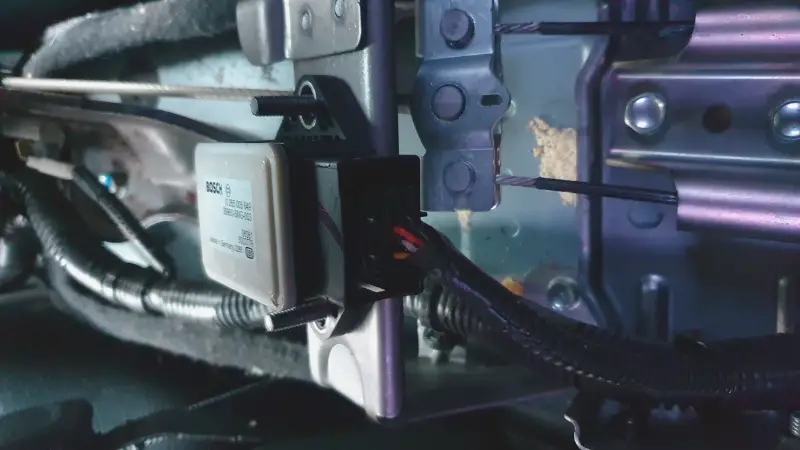
Troubleshooting
A faulty yaw rate sensor can completely disable starting capabilities as its data is vital to ESC system operation. Begin diagnosis by checking for any related trouble codes.
The yaw sensor cannot be visually inspected directly, but check all mounting points for secure fit.
Wiggle the connector while the ignition is on to check for intermittent signal dropouts. Compare live scanner data on yaw rate against expected values during gentle left/right vehicle rocking motions.
Erratic data points to internal sensor malfunctions.
Solutions
If no codes are stored but the yaw rate signal remains erratic, attempt recalibration using the manufacturer service software and retesting.
If codes return or values remain far out of normal specs, replacing the faulty yaw rate sensor with a new unit generally resolves ESC faults.
Recalibrate the new sensor as well during installation to sync with the vehicle dynamics control module.
4. ESC Control Module Failure
In rare cases, internal failures related to the main electronic stability control unit itself can corrupt communication with vehicle systems and completely stop the engine from starting.
This control module processes all incoming data from sensors and activates braking/throttle interventions when wheel slip is detected.
Troubleshooting
Generic codes pointing to ESC control module errors are the main indicator of internal unit faults. Check all module wiring connections for any damage, bent pins, or corrosion that could cause input data disruption.
If no external issues are found, connect a known-good spare module and see if starting operation resumes. The lack of change confirms the diagnosis of a failed ESC module that requires replacement.
Solutions
Begin by clearing any codes from the ESC module memory using your OBD2 scanner after installing the new control unit.
Test for successful starting – the issue should be resolved.
Finish by using the manufacturer service software to reload the vehicle VIN and the latest calibration data into the replacement module to complete programming.
Road test to ensure proper ESC functionality before returning the Compass to the owner.
5. Damaged Wiring Harness
The wiring harness provides power and data connections between the ESC module, wheel sensors, and vehicle systems like the engine computer.
Damaged or corroded wires in this harness can cause complete starting failure.

Troubleshooting
No specific trouble code may point to a harness issue – you’ll need to visually inspect wires. Check connectors at the ESC module as well as the multiple junction points under the dash and near each wheel.
Look for corroded or bent pins, damaged insulation, shorts between wires, or areas that show heat damage from potential shorts/overloads.
Wiggle harnesses while observing scanner data to reveal any intermittent contacts.
Solutions
Repair minor harness damage with electrical tape, replace individual wires if feasible, or the entire harness if multiple circuits are compromised. Solder/heat shrink any splices for durability.
Clear ESC codes afterward and power cycle the ignition to verify if starting resumes before road testing the vehicle.
6. Low System Voltage
The ESC system in the Jeep Compass requires steady voltage within a normal range (around 12-14 volts) to operate properly.
Faulty battery cables or a weak battery/charging system that sags below this threshold can sometimes trigger no-start conditions.
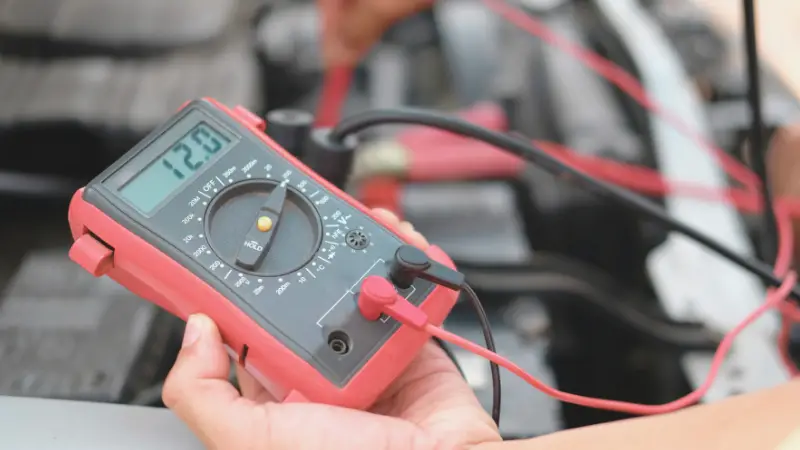
Troubleshooting
Voltage trouble codes may not appear, so a meter is required. Turn all accessories off and directly measure battery voltage – should be 12.4 volts or higher in a healthy system.
Next, attempt starting while observing voltage – a drop below 10 volts confirms a bad battery, poor connections at terminals/cables, or a failing alternator not sustaining proper system voltage.
Solutions
Begin basic voltage fault diagnosis by cleaning battery cable connections if corroded.
Load tests the battery itself – replace if weak or unable to hold a charge. Inspect the alternator drive belt for slipping and the pulley for tightness.
Finally, have the alternator output tested or replaced if unable to maintain battery charge/system voltage around 14 volts when running.
Conclusion
Getting that dreaded service ESC system jeep compass won’t start issue accompanied by a no-start situation can ruin your day fast.
But armed with the troubleshooting fundamentals and repair tips covered in this guide, you have the knowledge needed to systematically diagnose common causes at the root of the starting failure.
With precision repairs made to stabilize the electronic stability control system, plus completing the proper reset and recalibration procedures, you can clear the check engine light and get your Compass starting and running like normal again.
No need to panic next time that warning pops up!
Last update on 2025-12-18 / Affiliate links / Images from Amazon Product Advertising API
